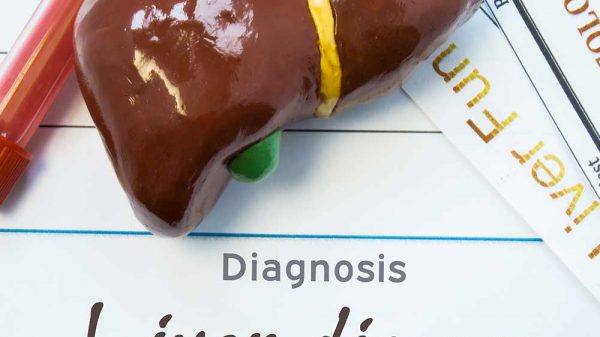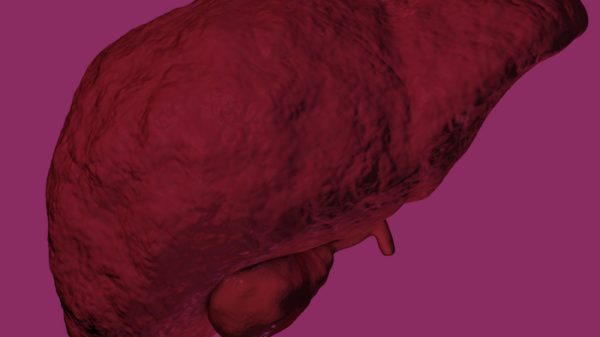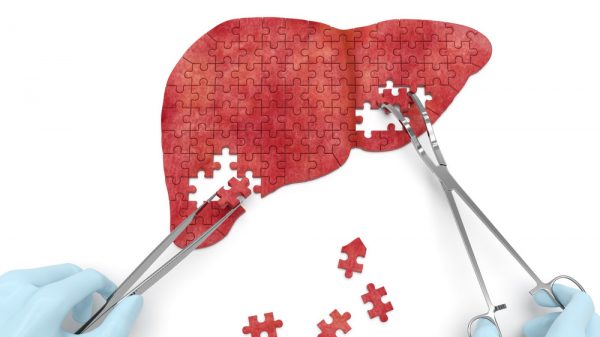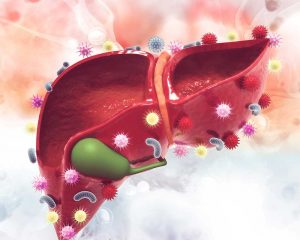Do you feel tired all the time and can’t figure out why? If so then you might be suffering from anemia, which is related to a low count of red blood cells. In fact, if you’ve been diagnosed with liver cirrhosis you should know about cirrhosis and anemia. If you have cirrhosis of the liver then you can have low counts of red and/or white blood cells. It’s important to know about the symptoms, causes, and treatments for this condition when it’s related to liver disease. There’s a difference between feeling tired at the end of the day, and feeling sluggish all the time. If the latter is the case then you might have anemia and should get it checked out.
The body needs both red and white blood cells. Red blood cells transport oxygen to different body parts, while white blood cells fight infection. Fun Fact: Adults have an average of 25 TRILLION red blood cells (RBCs). So if the body doesn’t have enough due to causes like liver cirrhosis then it affects various body functions that involve RBCs. Anemia can cause various symptoms like fatigue, headaches, and dizziness. It’s important to get blood tests if you think your red/white blood count is low.
What Exactly Is Anemia?
Cirrhosis is a late-stage liver disease that can cause various symptoms and complications. It’s important to know about them so you’ll know what to expect. If you have liver cirrhosis then you might experience a low count of red and/or white blood cells. A low number of RBCs can result in anemia.
This medical condition causes the count of red blood cells to be below average. This can result in various risks and health problems. Human blood contains both white and red blood cells. The main function of WBCs is to fight infection. Meanwhile, RBCs help to send oxygen to the different body parts
If you feel tired one of the possible causes is anemia. That’s because this is due to the smaller number of RBCs distributing less oxygen to body parts. When that happens this can cause what’s known as “tired blood.”
Being tired from time to time is a normal part of life. This explains why many anemic people don’t realize they have the condition. The problem though is the symptoms can get worse over time.
This is especially true if conditions like liver disease are causing anemia. For example, if your liver cirrhosis advances to later stages then this could cause the anemia to get worse too. Here are some of the main anemia symptoms:
- Confusion
- Chest pain
- Fast heart rate
- Headaches
- Dizziness
- Tiring fast
- Cold hands/feet
These probably seem like harmless symptoms and they are early on. However, if the conditions aren’t treated they become worse. In fact, it’s possible for anemia to cause a lack of oxygen in organs. This could trigger a heart attack, which is a very serious event.
There are various causes of anemia. One of the main ones is vitamin/mineral deficiency. That includes ones like Vitamin B12 and iron. The body needs iron to make red blood cells.
Cirrhosis and Anemia: What’s the Connection?
Cirrhosis of the liver is a liver disease complication that results in scar tissue replacing liver tissue. The scarring becomes so serious that it can’t be reversed. There are various causes of this condition including infections like Hepatitis B/C and heavy drinking. However, these are just a few of the several causes of cirrhosis.
There are several symptoms of liver cirrhosis including:
- Weakness
- Itchy skin
- Jaundice (yellowing skin/eyes)
- Fatigue
- Easy bruising
- Loss of appetite
Doctors diagnose cirrhosis after a physical exam and various blood/imaging tests. A liver biopsy can also be used to confirm those findings. This involves taking a small sample from the liver then examining it for damage.
There are various possible complications linked to cirrhosis. They include various ones like liver cancer and something called “hypersplenism.” This is a fancy term for enlarged spleen. This organ is located in the left region of the abdomen and on the stomach’s left.
The spleen’s size/shape can vary. However, it’s usually purple, around 4 in. long, and fist-shaped. It’s normally tough to feel the spleen since the rib cage covers it. However, the exception is if you have an enlarged spleen. This could be a sign of liver cirrhosis so it’s a symptom to watch out for.
The spleen has many functions in the body. It works as a blood filter for the body’s immune system. The organ recycles older red blood cells. Meanwhile, white blood cells and platelets also get stored there. Another function of the spleen is to battle various kinds of bacteria that can lead to pneumonia.
Liver cirrhosis can cause various symptoms and complications. One is an enlarged spleen. This organ is important for filtering blood cells/platelets until there’s a lower number. However, this condition can cause various blood-related issues. That includes a lower count of red cells (anemia) and a low count of blood cells. Another possible issue is a low count of platelets.
Top Nutrients to Boost Red Blood Cells
VITAMIN B12
Some good options include fish, milk, cheese, and eggs. These are all good choices if you want to boost your body’s RBC count. Fatty fish is a good option because you’ll also be getting omega-3s. This is a critical fatty acid that can provide health benefits for your heart, brain, skin, and hair.
COPPERS
We usually think of this as a mineral for making stuff instead of as a nutrient. However, this is an important nutrient if you want to boost your body’s RBC count. Interestingly it’s not directly related to RBS. However, it can help red blood cells to get iron needed to make RBCs.
There are several high-copper foods including: liver, shellfish, cherries, beans, and nuts. Make sure to add some of these foods to your everyday diet in order to get the nutrients needed to make more RBCs.
FOLIC ACID (VITAMIN B9)
Try adding more Vitamin B to your daily diet. This can help to boost your body’s count of RBCs. Some good options include enriched cereals/breads, leafy green veggies, peas/beans, and nuts. These are all excellent sources of folic acid as well as other nutrients.
VITAMIN A
In recent years retinol/retinoids have been trending as a key ingredient in skincare creams, lotions, and serums. These products are made from Vitamin A. This is critical because it can help boost the body’s RBC manufacturing.
There are various good options. They include squash, sweet potatoes, carrots, leafy greens, red peppers, and fruits like grapefruit and watermelon.
IRON
This isn’t too surprising since a lack of iron can reduce a person’s count of red blood cells. Consuming a high-iron diet can boost the body’s RBC production. Some good options include:
- Beef
- Liver
- Egg yolks
- Dried fruits (raisins, prunes)
- Beans
- Leafy greens (spinach, kale)
Try adding these foods to your diet after learning about the link between cirrhosis and anemia.























